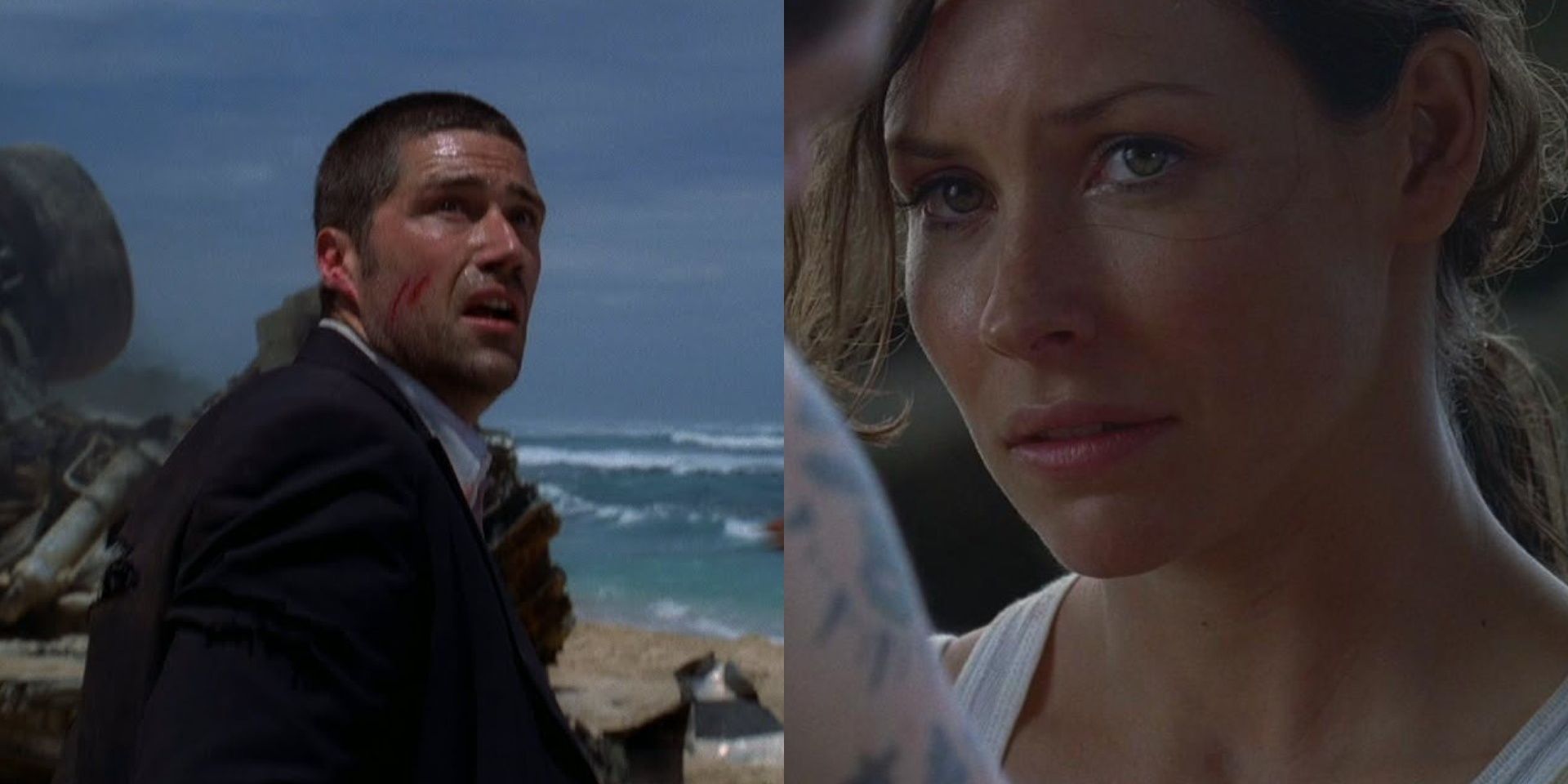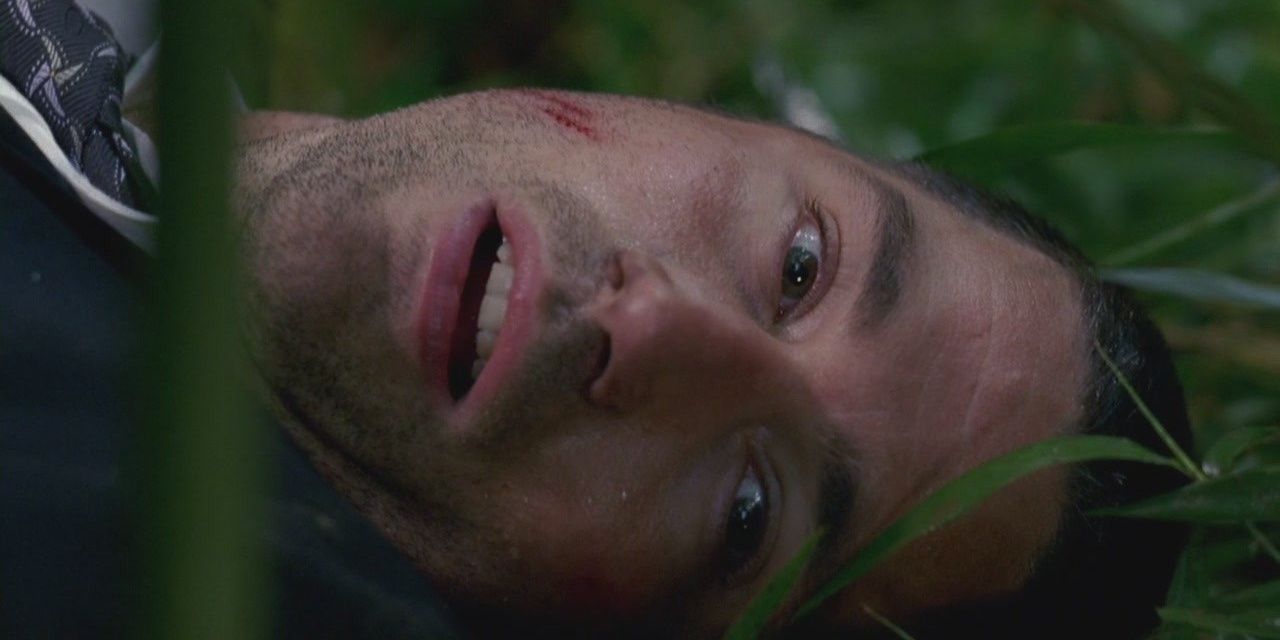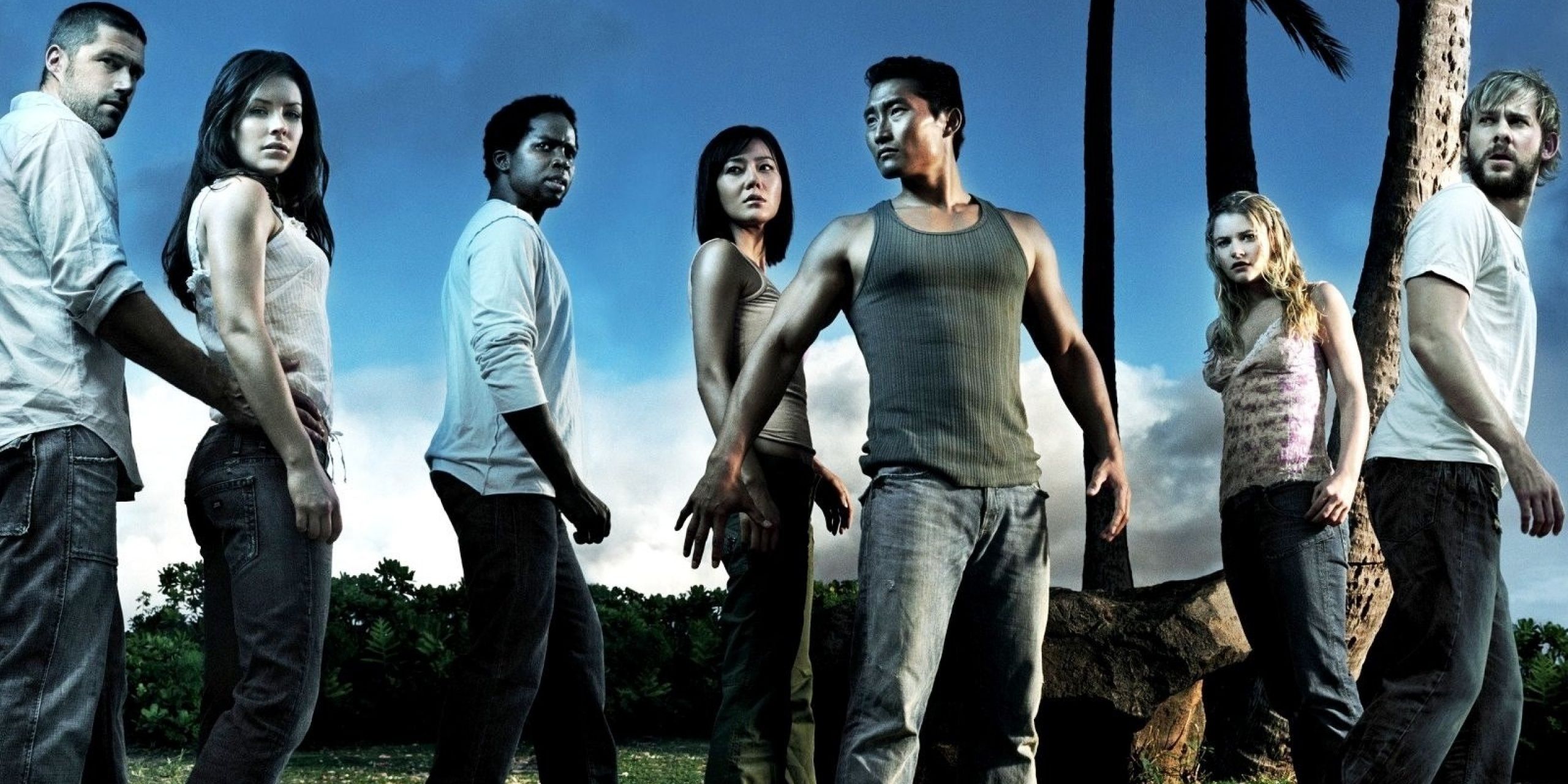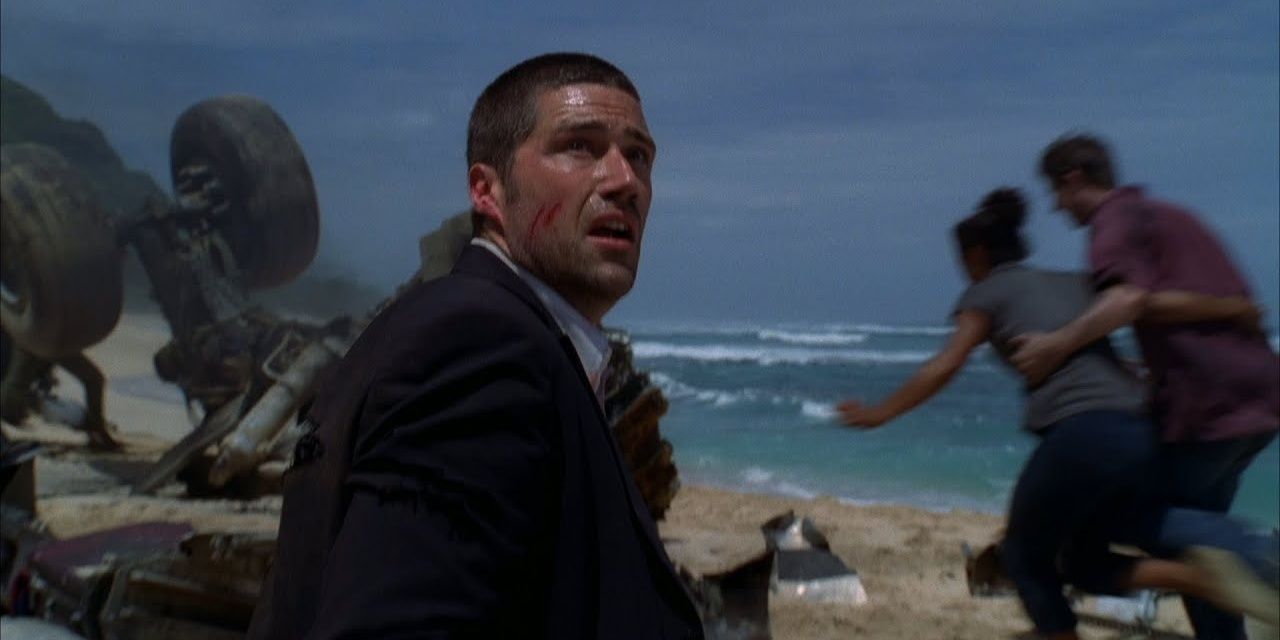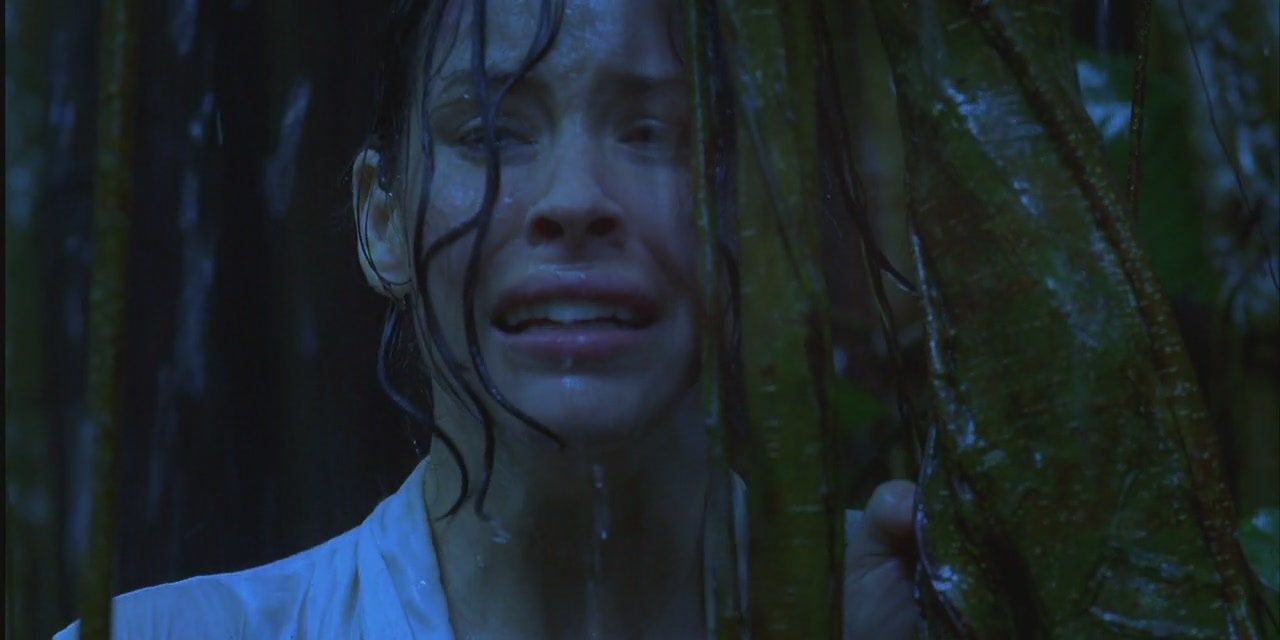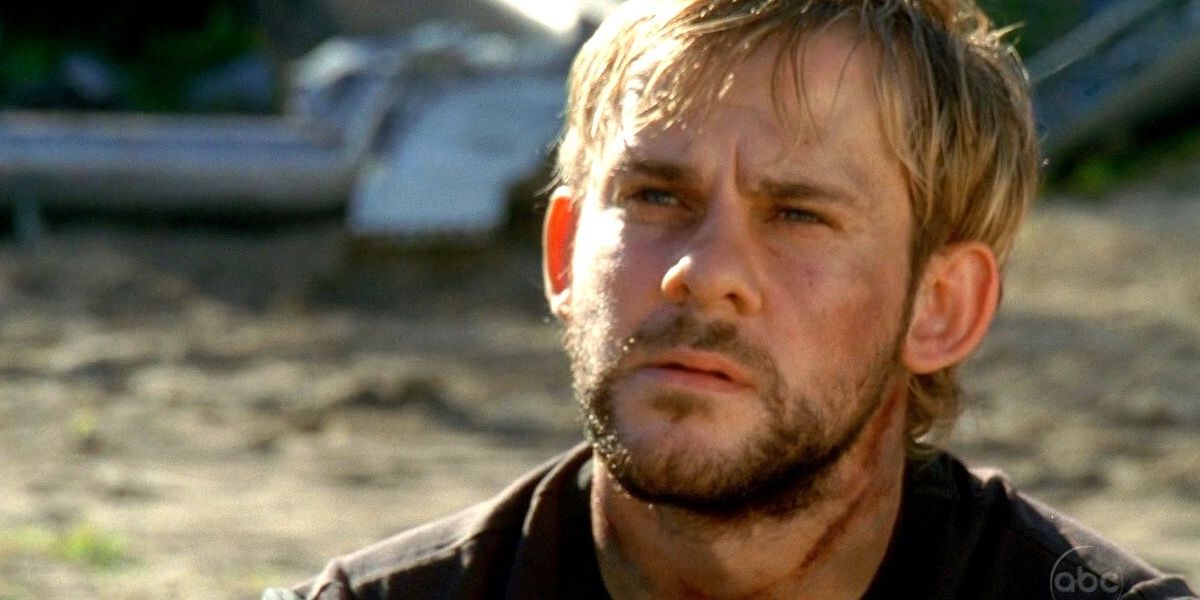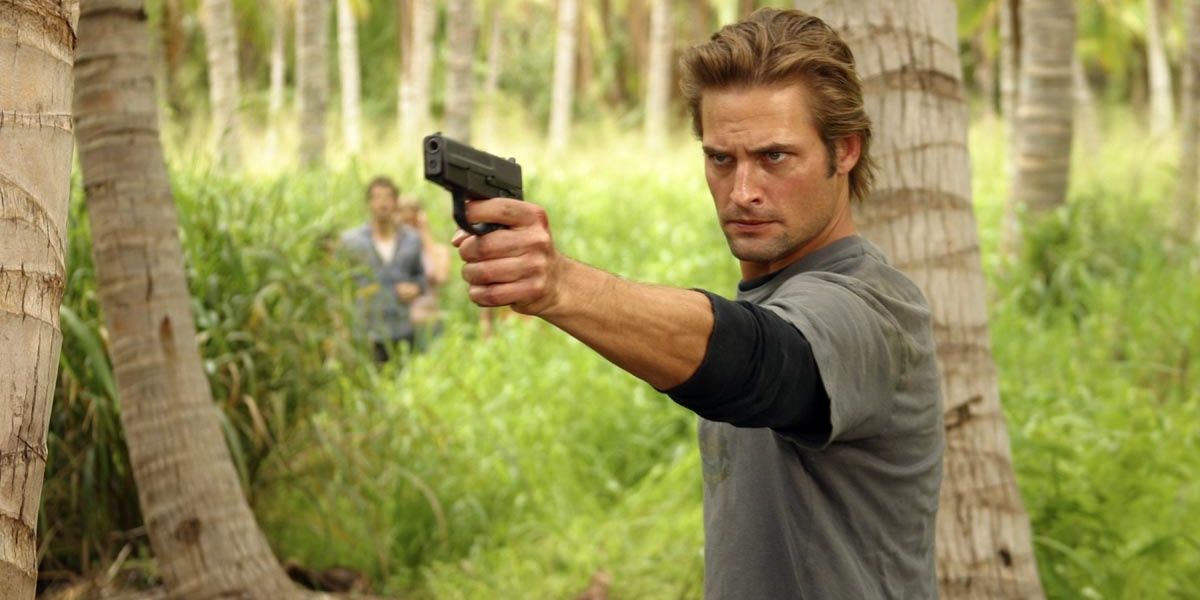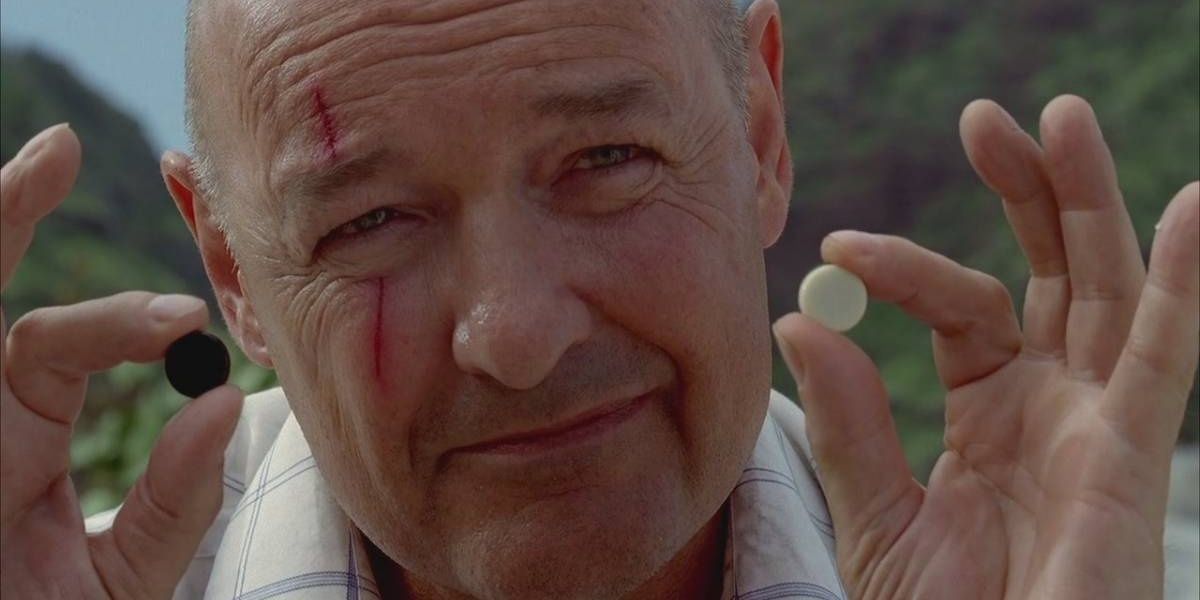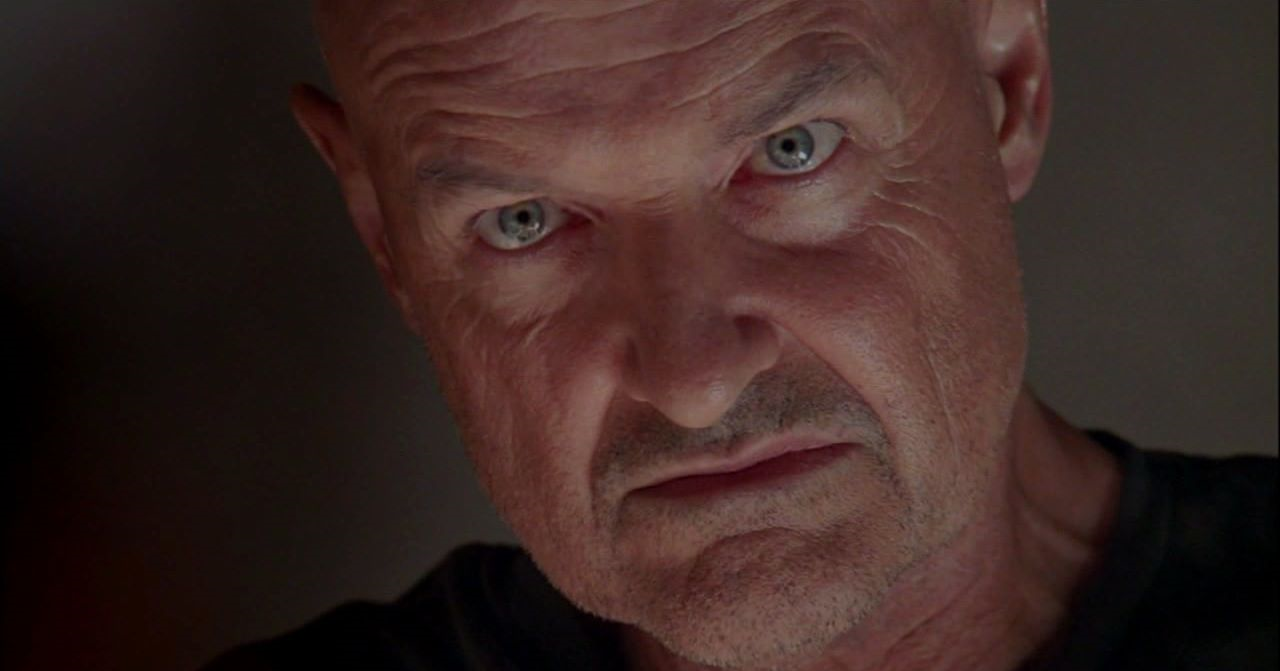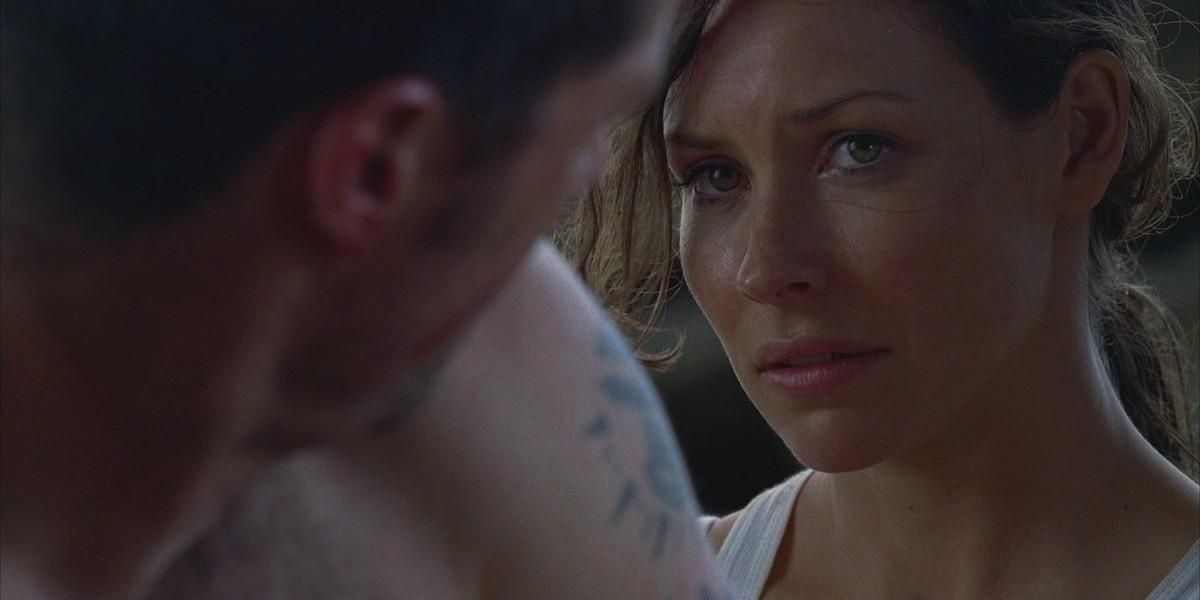Lost’s legacy is controversial, to say the least. With an average of 13.5 million viewers per episode, according to the New York Times, there weren’t many people that were not tapped into the television phenomenon. Inspired by Castaway, the show transformed from a simple story about a plane crash to deeper elements such as good versus evil and the nature of humanity. These ideas connected with many people.
But as the show ran its six seasons, many viewers felt as though there were unanswered questions. The finale of Lost was misunderstood and called predictable. It is easy to forget where the show started, but it was one of the last watercooler shows before streaming became in vogue. Lost premiered with a two-part pilot and entranced millions of viewers, and there is a reason why it remains one of the best-written TV pilots.
You Get Immersed In The Action
ABC’s juggernaut Lost quickly became a smashing success for good reason. It doesn't downplay to its audience. Instead, it expects the viewer to catch on immediately and this is done with great success.
When Jack wakes up in the middle of the jungle, the audience understands what is going on. There is no dialogue to describe the beginning moments. The audience is not shown the plane crash at the top of the episode. Instead, the viewer follows Jack through his silent pain and as he arrives on the beach. There is no exposition needed for the situation to translate. As soon as Jack opens his eyes, the action does not stop for a solid five minutes while he tries to save everyone.
The Characters Are Well-Defined
One of Lost’s most famous attributes was the number of characters that the show followed. At one time or another, there were at least 12 main characters for the audience to fall in love with. The strength of the show depended on how well this is done. Not only are all the characters introduced in the first episode, but they are clearly defined.
As soon as Jack hits the beach, there are at least five main characters introduced in that one moment. The audience understands their place almost immediately. Michael is already searching for Walt, while Shannon is screaming for Boone. Jack cannot help himself but attempt to help every single person he can. His determination to single-handedly save every single person on the island is a trait that follows him for the entire show.
The Cinematography
The pilot had the privilege of being backed by many creative forces. Damon Lindelof co-wrote the script, while JJ Abrams directed. This gave Lost a huge foundation to stand on and it's one of the reasons that the series was so beautiful to look at.
The cinematography of the pilot was made on a grand scale and the scope of the pilot is immense and immeasurable. The first scenes of the show compare Jack’s isolation to the chaos on the beach. As Jack follows the sounds of screams, the camera follows him in a tracking shot as he runs through the wreckage. This type of filmmaking is usually only seen in feature films.
The Sound Design
Sound is one of the elements that made Lost noticeable. The noise of the smoke monster trailing through the jungle and eventually the sounds of the button in the hatch were more than recognizable. They were iconic.
And while Kate waiting in the trees to be killed by the monster is terrifying to listen to, it is Lost’s quieter moments that are important. Lost uses dynamics successfully. The terror on the beach is loud with screams. It is heightened to show how Jack feels about the situation. This makes it all more impactful when he is by himself and dealing with his wound in silence.
It Had Moments Of Levity
Lost could have easily fallen into a trap of revolving around heightened drama. While there is indisputably heightened drama that escalates through the show, levity is also important. Scary movies like Midsommar used levity as a break from the horror of the film and Lost uses it similarly. When the audience is caught up in the more dramatic moments, humor brings the atmosphere to a manageable level.
Charlie is one of the characters whose main use is comic relief. He is the everyman, commenting on the ridiculousness of the situation. Awkwardness and humor come out in Lost, which also makes the show feel more real.
The Stakes Were High
Just as important as levity, the heightened stakes of the show make Lost engaging. From the opening of the pilot, the show does not stop. The characters are rarely given a moment of rest and Lost moves at this pace. The show makes it clear only 16 hours have passed when they reach the pilot.
It isn’t enough that the characters must deal with being off course and trying to find rescue. In addition to their problems, there is also a monster in the jungle ready to kill them. The second half of the pilot concludes with a dead polar bear and a transmission that has been on a loop for 16 years. There is no break for these characters and the mysteries and action are what make the show so exciting.
The Central Conflict
With a show as complicated as Lost, many points need to be concise. World-building and characters are important, but the show could not succeed without the central conflict being established. The tone must be made clear. Lost does this with the strange happenings in the jungle and fantasy elements, but what is most important is the central theme.
Science versus faith comes into play. But most of all, Lost is a story about good and evil. It is a classic trope put into practice by Locke. This idea is very clearly stated when Locke is playing backgammon with Walt. He shows two pieces, explaining the game. There is a light side and a dark side. It is not inherently clear where these characters fall on the scale, but is something that is explored through the entire show.
The Red Herrings
The fundamental for any good mystery is a red herring. The purpose is to keep the audience guessing. Film noirs such as The Maltese Falcon utilized these to a great degree., and if Lost was anything, it was unpredictable. The show went out of its way to establish suspicious characters in one episode and make a 180 in the next.
The main red herring in the pilot was John Locke. The odd man out, it is hard to get an understanding of who he is as a person until his flashback episode, "Walkabout." Locke is strange, frightening Kate on the beach and telling Walt secrets. Lost makes Locke out to be a mysterious and dangerous character. However, Locke is as lost as the rest of the characters and ultimately has one of the most tragic character arcs. His aim isn’t nefarious. He only seeks a greater understanding of what the island has to offer.
The Foreshadowing
Lost was critiqued in the past for not being planned out. But many elements set up in the pilot come back fast and furious. Although the audience does not understand what the monster is until well towards the end of the show, it is ultimately explained. The audience learns where the polar bear comes from and what is blocking their transmission. But more important callbacks are character-driven.
Jack’s most famous monologue deals with the aspect of fear. One of his main character traits is being driven. He only lets fear affect him for five seconds and then he is in control. After telling Kate this story, she experiences fear as the monster threatens to come after her. She uses Jack’s technique. This element bonds Kate and Jack together quickly and provides context for their characters.

